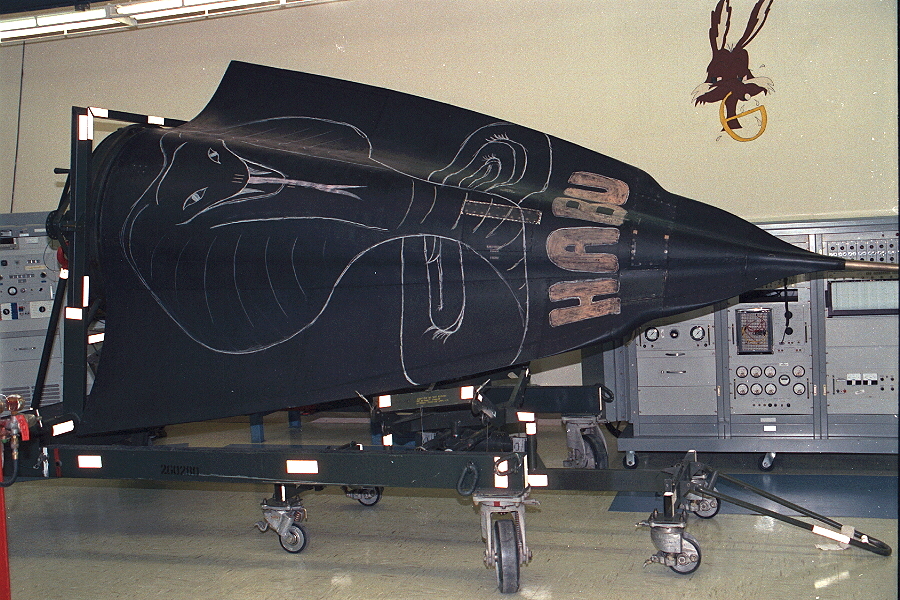Their placement was for the sophisticated ECM systems the SR-71 Blackbird got in the 1970s and 1980s but they are not dents
The SR-71 Blackbird collected intelligence in some of the most dangerous settings in the world during its service. For almost 24 years, the SR-71 held the record for being the fastest and highest-flying operational aircraft in the world. It could cover 100,000 square miles of the Earth’s surface per hour from 80,000 feet.
Because of the extreme temperatures, altitudes, and speeds at which it was designed to operate, the SR-71 was the first aircraft built with titanium, since the friction produced by air molecules passing onto its surface at Mach 2.6 would have melted an aluminum frame.
Its engineering was so advanced that new tools had to be created in order to assemble the SR-71.

When the former SR-71 RSO Richard “Butch” Sheffield’s daughter would visit him at the Udvar Air and Space Smithsonian Museum in Virginia, he would point to the nose of the SR-71 Blackbird. Butch got his moniker from his 1960s hairdo. He would point to the dimples and say, “This is really important, but I can’t talk about it.”
He would smile. She could just tell him he wanted to tell her, but he didn’t.
When he and Bob Spencer intercepted the SA-5 Missile Signal as it was approaching the Russian border, it was one of the most significant missions they conducted in the SR-71. Receiving that signal was important to the SR-71’s defense. An SR-71 was never shot down; none ever got close to it. It was impossible due to defense and speed.

In his book “SR-71 The Complete Illustrated History of THE BLACKBIRD The World’s Highest, Fastest Plane,” former Blackbird pilot Col. Richard H. Graham claims that the SR-71’s nose section allowed the installation of a ballast, an advanced synthetic aperture radar system (ASARS) for radar imaging, or an optical bar camera (OBC) for photographic imaging while the faun-massive fasteners held the part of the nose in place.
However, her doubts remained unanswered.
What are those two little dents on the nose of the SR-71 Blackbird?
‘I’m assuming you’re talking about the two “dents” in the Chinese at the front part of the nose, one on each side? Those aren’t dents; those were put there on purpose for the more advanced ECM systems the Blackbird got in the ’70s and ‘80s,’ says Kelly Pedron, an aviation expert, on Quora.
‘There weren’t any good places to put the ECM receivers in the front of the aircraft, so those “dents” were put in the chine to allow the installation of ECM receivers there. If you’ll notice, the flat part of the “dent” is facing about 60 degrees forward in order to cover that quadrant of the airspace around the aircraft. Earlier models of the SR, including the A-12, were more concerned with attack radar signals from the rear, so front-mounted ECM receivers weren’t as necessary at the time. With the advent of more advanced Soviet SAM systems, like the S-200 and S-300, a forward warning receiver and jammer were required, hence the development of the so-called ECM “dents” in the nose.’
Pedron concludes;
‘So, yes, those were put there on purpose; nobody accidentally taxied an SR-71 into a solid object.’
Check out the Born into the Wilde Blue Yonder Facebook page for further Blackbird photos and stories.
Photo by Linda Sheffield Miller and U.S. Air Force

